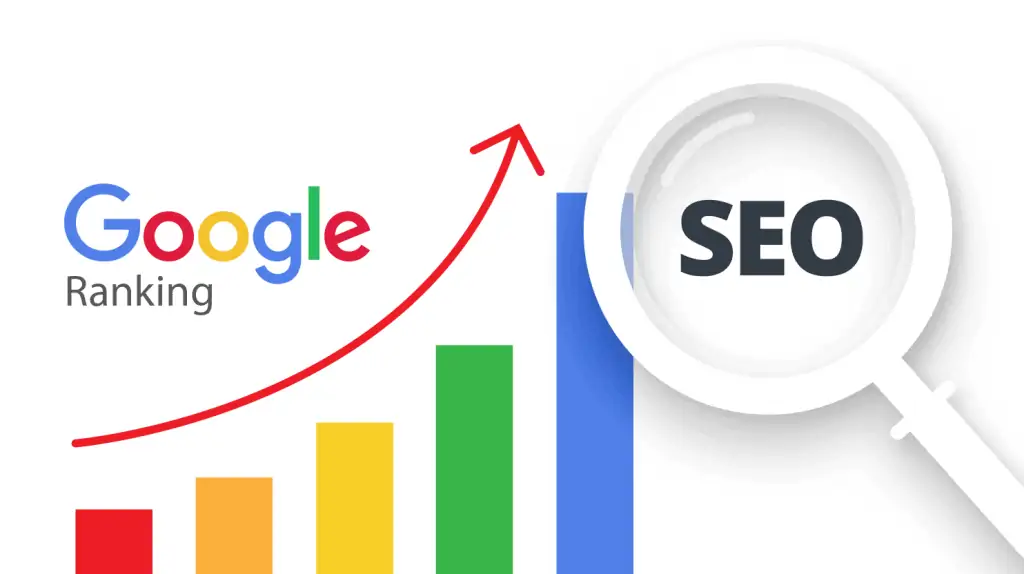Search Engine Optimization (SEO) is essential for increasing your website’s visibility and attracting organic traffic. By applying proven tactics, you can improve your rankings and reach your target audience more effectively. Here are the top SEO strategies to improve your website’s performance.
1. Conduct Thorough Keyword Research
Keywords are the foundation of effective SEO.
- Find Relevant Terms: Use tools like Google Keyword Planner or SEMrush to discover phrases your audience searches for.
- Focus on Intent: Target keywords that align with the user’s intent, such as informational, navigational, or transactional.
- Long-Tail Keywords: Include specific, longer phrases that have less competition but high relevance.
2. Optimize On-Page Elements
Ensure your website’s content and structure are search engine-friendly.
- Title Tags: Use clear, concise, and keyword-rich titles for each page.
- Meta Descriptions: Write engaging summaries that encourage clicks while including primary keywords.
- Headers (H1, H2, H3): Structure your content with headings to improve readability and keyword placement.
- Alt Text: Add descriptive alt text to images for better accessibility and keyword usage.
3. Create High-Quality Content
Content remains one of the most critical factors in SEO success.
- Focus on Value: Write content that answers user questions and provides actionable insights.
- Regular Updates: Keep your blog and website content fresh by posting consistently.
- Use Visuals: Enhance your content with images, videos, and infographics to improve engagement.
- Target Featured Snippets: Structure content to answer common questions directly, increasing chances of appearing in snippets.
4. Improve Website Loading Speed
A slow website can negatively affect both user experience and rankings.
- Optimize Images: Compress large files without losing quality.
- Use Browser Caching: Enable caching to reduce load times for returning visitors.
- Minimize Code: Remove unnecessary code from HTML, CSS, and JavaScript files.
- Leverage CDN: Use a Content Delivery Network to improve site speed globally.
5. Build Quality Backlinks
Backlinks from reputable websites signal authority to search engines.
- Guest Posting: Contribute articles to trusted industry blogs and link back to your site.
- Create Shareable Content: Produce infographics, guides, and tools that others will want to link to.
- Monitor Backlinks: Use tools to ensure you’re receiving links from credible sources.
- Fix Broken Links: Identify and replace broken links with updated or similar content.
6. Optimize for Mobile Users
A mobile-friendly website is crucial for both user experience and SEO.
- Responsive Design: Ensure your site looks and functions well on all devices.
- Simplified Navigation: Make it easy for mobile users to find what they’re looking for.
- Mobile Page Speed: Use tools like Google’s PageSpeed Insights to test and improve mobile performance.
7. Focus on Local SEO
If your business serves a specific region, local SEO is a must.
- Google My Business: Create and optimize your profile with accurate information and regular updates.
- Local Keywords: Incorporate location-specific terms into your content.
- NAP Consistency: Ensure your Name, Address, and Phone number are consistent across all online directories.
- Customer Reviews: Encourage happy customers to leave positive reviews on platforms like Google and Yelp.
8. Fix Technical SEO Issues
Technical SEO ensures search engines can easily crawl and index your website.
- XML Sitemap: Submit a sitemap to search engines for better indexing.
- Robots.txt File: Use this file to guide search engine crawlers on which pages to index.
- Canonical Tags: Prevent duplicate content issues with proper canonicalization.
- Secure Your Website: Switch to HTTPS for a secure browsing experience.
9. Monitor and Analyze Performance
Regularly track your SEO efforts to identify areas of improvement.
- Use Analytics Tools: Google Analytics and Google Search Console provide insights into traffic and performance.
- Track Rankings: Monitor how your keywords rank over time.
- Adjust Strategies: Refine your tactics based on performance data and changing trends.
Improving your website’s rankings requires a combination of technical, on-page, and off-page SEO strategies. By focusing on user experience, content quality, and regular optimization, your website can climb the search engine rankings and attract more organic traffic.
Need help implementing these SEO tactics? Contact us today to improve your website’s visibility and performance.

